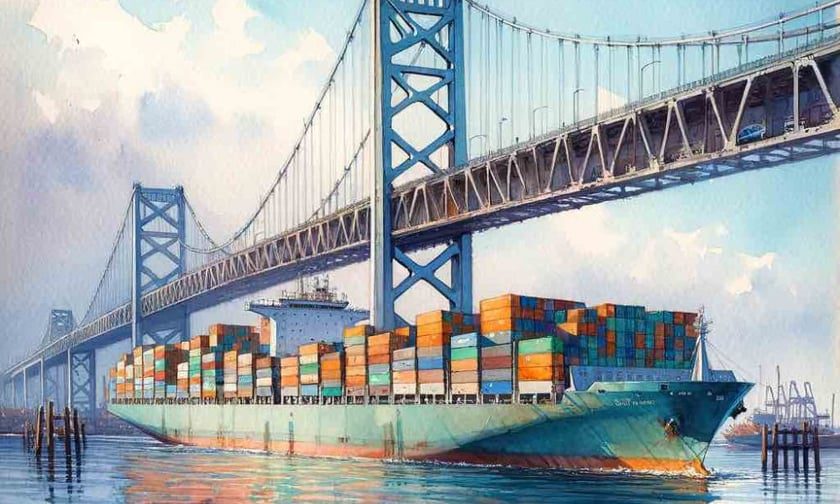
Regions recorded various trends in 2023, setting the stage for 2024

The directors & officers (D&O) insurance market underwent significant changes throughout 2023, with global markets facing a mix of challenges and opportunities.
Gallagher’s latest report analyses these developments, offering insights into the regional dynamics and trends that are shaping the D&O landscape as the industry moves into 2024.
The report elaborates on notable trends, developments, and obstacles encountered throughout 2023, while also forecasting the potential landscape of the D&O insurance sector for the upcoming year.
Among the key themes explored are the fluctuations in pricing, adjustments in capacity, the rise of new risks, and shifts in regulatory frameworks, all of which offer a glimpse into the current state of the D&O market across different territories.
The global D&O insurance scene is also characterized by its regional nuances. For instance, the Australian market is highlighted for its competitive nature, whereas the Middle East is undergoing significant regulatory transformations.
Meanwhile, Canada was singled out for its market stability, and the Nordics are facing an evolution of risks. That said, Gallagher noted that each of these regions contributes to a broader understanding of the forces at play within the D&O industry.
Looking ahead to 2024, the report underscores that the global D&O market will remain subject to the influence of various factors. These include geopolitical tensions, regulatory evolutions, technological advancements, and the emergence of new risks.
For insurers, brokers, and their clients, the ability to adapt through forward-thinking risk management strategies, innovative underwriting practices, and strategic alliances will be crucial. Such approaches are deemed essential to effectively navigate the impending challenges and capitalize on the opportunities that the future holds.
Developments for D&O in the US
In the United States, the public company D&O market has become more favorable for buyers, highlighted by the entrance of over 30 new insurers amid a decrease in IPO activity. This influx has resulted in more competitive pricing and broader terms for insureds.
Expected upticks in transactional activities may influence securities class actions, with regulatory oversight becoming more pronounced. As governmental enforcement intensifies, regulators are implementing new regulations including the SEC’s compulsory climate disclosures and mandates for public companies to disclose significant cybersecurity incidents.
Such regulatory measures are likely to heighten scrutiny and enforcement actions targeting directors and officers of public companies. In response, insurers in the United States and London are developing a product designed to cover investigations into corporate entities.
Gallagher’s report underscores the diverse factors influencing the D&O insurance market across different regions, from pricing dynamics and capacity changes to emerging risks and regulatory developments.
As the industry heads into 2024, these insights are expected to prove crucial for stakeholders to navigate the evolving landscape and leverage the emerging opportunities in the D&O market.
What are your thoughts on this story? Please feel free to share your comments below.
Related Stories
Keep up with the latest news and events
Join our mailing list, it’s free!

This page requires JavaScript


















